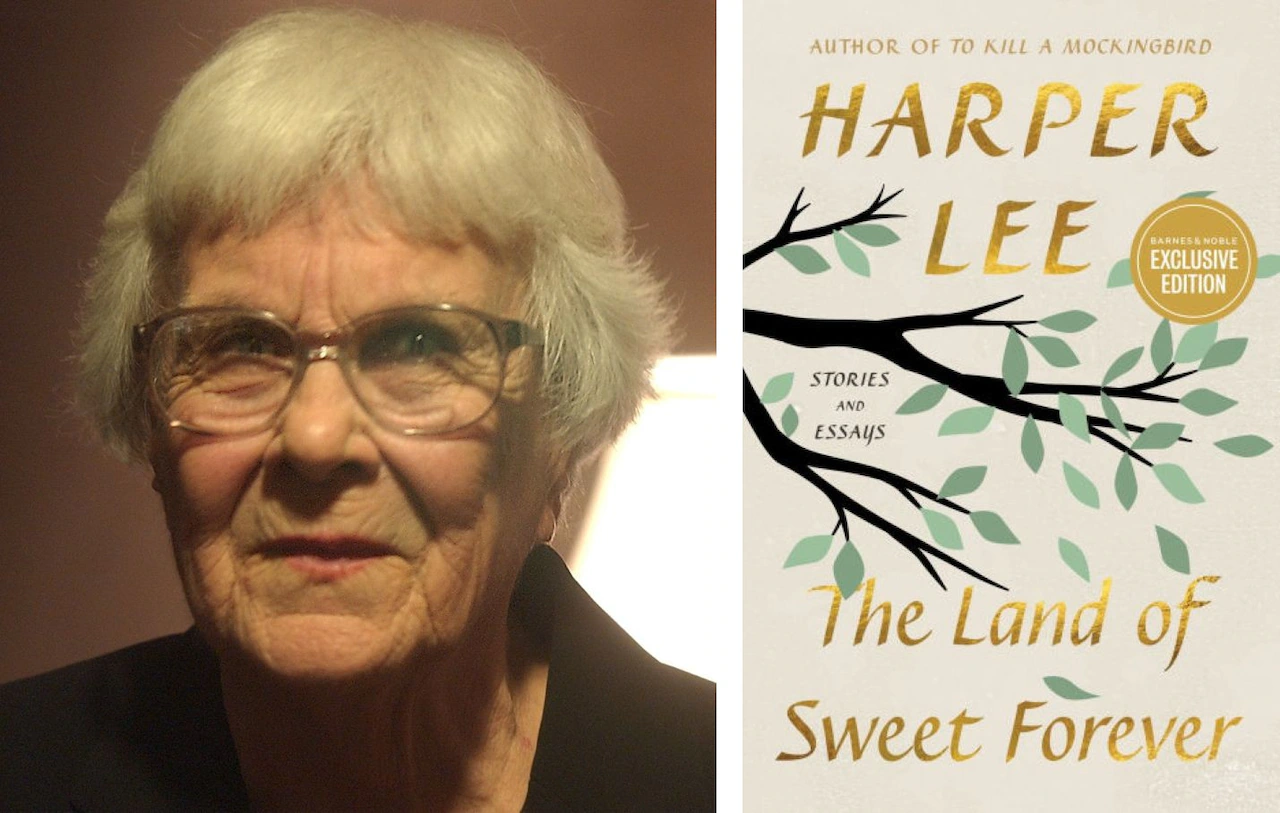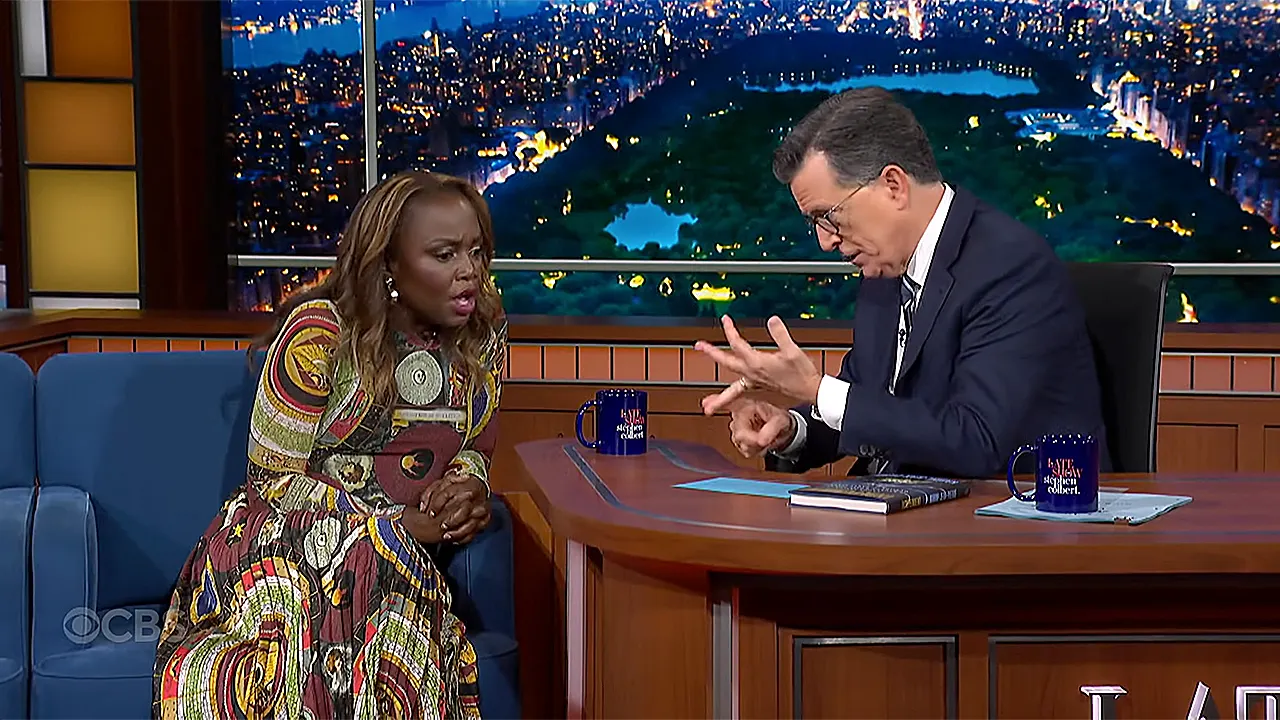Copyright AL.com

The name Harper Lee will forever be synonymous with great literature. Nothing will change that – not the 2015 publication of her early manuscript “Go Set a Watchman” nor will stories discovered after her death. But reviewers have differing ideas on the impact of publishing Lee’s found and newly curated essays will have on her legacy, especially because several essays were written in the author’s youth. The essays were released Oct. 21, 2025, in a collection called “The Land of Sweet Forever.” You can order the $30 hardcover book from publisher HarperCollins here. Lee, author of the seminal novel “To Kill a Mockingbird,” was born in the small town of Monroeville, Ala., which is now billed as “The Literary Capital of Alabama” and is home to a museum dedicated to Lee and her childhood friend, Truman Capote. Lee won the 1961 Pulitzer Prize for “Mockingbird” and didn’t publish again until age 88, when a second novel, “Go Set a Watchman,” was published. That book was from an early manuscript for “Mockingbird,” seen from the eyes of an adult protagonist rather than the precocious six-year-old Scout from the 1960 book. After Lee’s death in 2016, as happens with most legendary authors, people went in search of possible unpublished works. They found them in Lee’s New York apartment. Lee’s estate executor, Tonja Carter of Monroeville, brokered the deal for “The Land of Sweet Forever” with HarperCollins, along with Michael Dean of Andrew Nurnberg Associates, the UK-based representatives of Lee’s estate. HarperCollins describes the book on its website: “From one of America’s most beloved authors, a posthumous collection of newly discovered short stories and previously published essays and magazine pieces, offering a fresh perspective on the remarkable literary mind of Harper Lee.” Reviewer Sandra Newman of The Guardian, one of Britain’s oldest daily publications, said the collection is for fans only. “If we regard this book as literature, it is an unqualified failure,” Newman wrote. “But it’s more properly seen – and will surely be read – for the light it sheds on Lee’s life. As such, it’s obliquely fascinating, largely because it radiates repression. Often there’s a sense that we’re seeing the side of Harper Lee that wasn’t exceptional, but representative of a generation of women who were mostly muzzled.” Newman’s next observation may seem like fighting words to Americans and especially Alabamians, no matter how accurate: "The young Lee seems to have little sense of what a story is.” “The short stories, written in Lee’s youth, are all badly underdeveloped. Most fail to work even as vignettes,” Newman wrote. “One centres on trying to find a place to unload a truck in Manhattan; another on a temporary change to the way the doxology is sung in a Methodist church. A slender piece about the quirks of New York movie audiences is categorised as a story but feels more like a newspaper sketch.” LA Times reviewer Robert Allen Papinchak was more positive in his review, saying Lee’s humor is showcased in the book. “Each story illuminates Lee’s quintessential talents as the ‘balladeer of small-town culture’ and the chronicler of city life,” Papanchak wrote. “They display narrative skills, an acute ear for dialogue (especially the vernacular), development of fully rounded characters and vivid descriptions of settings. They also introduce subjects and significant themes — family, friendship, moral compass — that reappear in her nonfiction and novels.” The unpublished essays in the book are categorized as “juvenilia,” but the book also contains essays written by Lee as an adult. Papanchak says the collection will reinforce Lee’s legacy. “Juvenilia is tricky,” he wrote. “It can be evanescent, exposing weaknesses or revealing strengths and talent. “The Land of Sweet Forever” reinforces Lee’s indelible voice, contributing a rewarding addition and resource to the slim canon of her literary legacy.” People magazine offered up an exclusive excerpt from the book, writing that “Readers can gain a fresh perspective on the celebrated author of ‘To Kill a Mockingbird.’” The excerpt is about the time Lee spent with her childhood friend Capote when he was researching his iconic 1965 book “In Cold Blood.” This essay was initially published in a Book of the Month Club Newsletter in January 1966. In it, Lee discusses the cosmopolitan Capote’s difficulties adjusting to small-town Kansas, but she mostly describes his intelligence and talent. Another previously published essay describes the Christmas gift that resulted in the publication of “To Kill a Mockingbird.” In 1956, Michael and Joy Brown, a New York composer and ballerina, presented the struggling young writer with enough money to live on for one year so she could quit her job and focus on writing her book. Lee wrote about the gift in a 1961 issue of McCall’s magazine.



